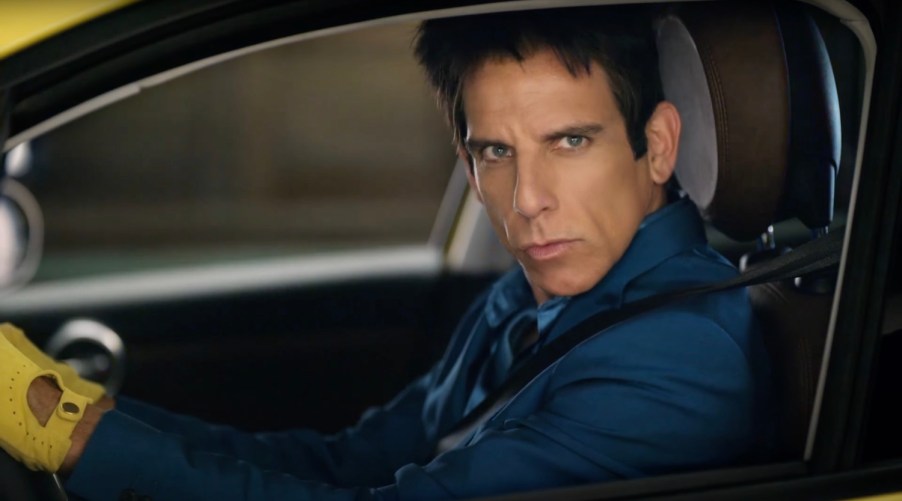
Like Zoolander, Modern Pickup Trucks Look Great But Can’t Turn Left
Here’s a puzzle for you: Vehicles are killing more pedestrians every year, and one of the worst scenarios is a pickup truck turning left through an intersection. Here’s a possible culprit: The absurd driver’s side blindspot created by oversized modern A-pillars. Our quest for chiseled, muscular trucks has created a monster that (like Ben Stiller’s Derek Zoolander character) can’t safely navigate a left-hand turn. Read on for how this happened and what we can do about it. And if you hang in there, I promise a funny clip of Zoolander himself.
Truck fashion is killing pedestrians

Seatbelts, modern airbags, and better-engineered crumple zones have been working together to reduce driver and passenger fatalities. But another problem is plaguing our roads: the number of pedestrians killed by trucks and SUVs has been increasing every year since 2009. The IIHS reports that in 2020 alone, 54,700 pedestrians were injured by motor vehicles, and 6,500 were killed. That’s 59% more than in 2009.
An IIHS study found that the odds that a fatal intersection crash involved a right-hand turn were 89% higher for trucks and 63% higher for SUVs than for cars. A lefthand turn? But the chances it involved a left-hand turn were twice higher for SUVs and four times higher for trucks.
We need to talk about truck and SUV blind spots

Every generation of trucks and SUVs gets bigger and heavier. It is also fashionable to have taller suspension and higher hoods to achieve a chunky, muscular look. And pedestrians are dying because of truck fashion.
The most deadly of these pickup truck looks is that high, long hood. These create huge blindspots in front of pickup trucks. A special edition with a hood scoop or a lift kit is even worse. Not only is it more difficult for drivers to see pedestrians (especially children), but when they do hit a pedestrian, it is more likely to hit their head. It is also more likely for the pedestrian to fall under the vehicle instead of rolling up on the hood.
Blindspots in front of modern pickup trucks don’t need to be this big. A trend towards shorter grilles and lower hoods would greatly increase visibility. In the meantime, a forward-facing camera (much like reverse cameras) that comes on in low gear could save lives.
However the recent IIHS study reveals that trucks and SUVs have other deadly blind spots that may be just as dangerous and much more difficult to address.
Big A-Pillars are not A-OK

What is an A-Pillar? As any graduate of The Derek Zoolander Center for Children Who Can’t Read Good can tell you, A is the first letter of the alphabet. And your car or truck’s “A-Pillar” is the furthest forward structural pillar, between the windshield and front-row windows. (Next is the B-Pillar between the first and second rows, then C-PIllar, you get the idea…)
Larger trucks and SUVs are in fashion. This means grilles are getting taller and hoods are getting higher. But overall weight is also rising. These overweight vehicles (“plus-sized,” according to Zoolander) can easily crush their occupants in a rollover crash. So, to pass crash tests, they have increasingly large roof support pillars.
That engorged left-front A-Pillar is so close to the driver’s face that it casts the biggest blindspot. A related issue, increasingly raked windshields bring the A-Pillar even closer to the driver’s face.
So what can we do? An A-Pillar size or blindspot size limit could force automakers to invest in stronger materials for the A-Pillars in heavier vehicles (perhaps, Blue Steel?). Building lighter vehicles would mean they don’t need A-Pillars as large. We could hire Mugatu to tell them, “Do me a favor and lose five pounds immediately or get out of my building like now!” Or experiment with something like Colorado’s ‘bloat fee’ for registering heavy trucks.
Finally, see why you should never spray gasoline on your friends in the video below:




